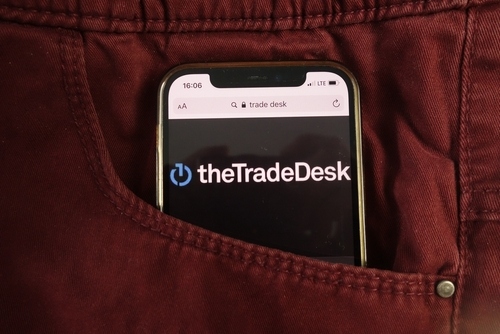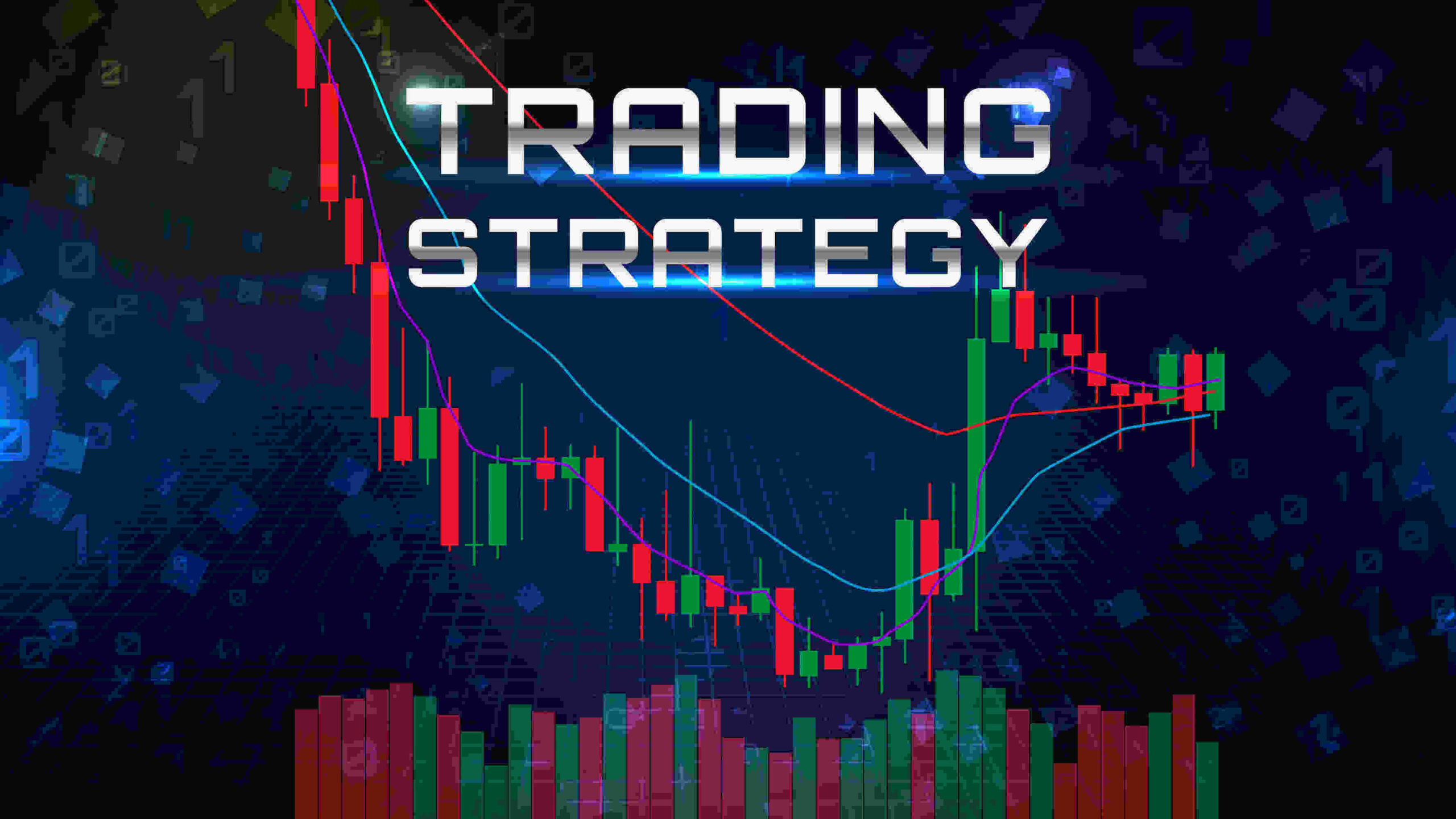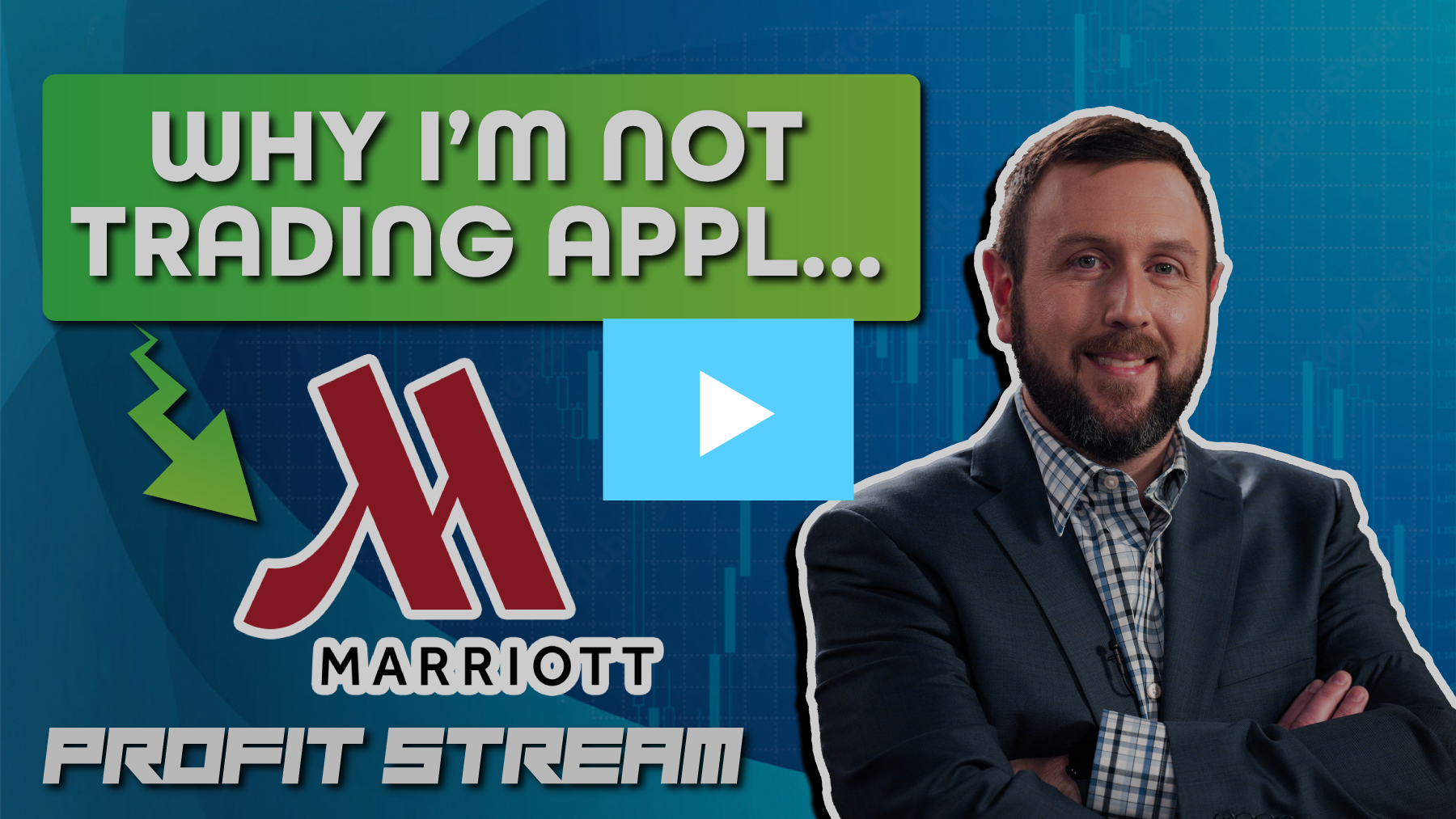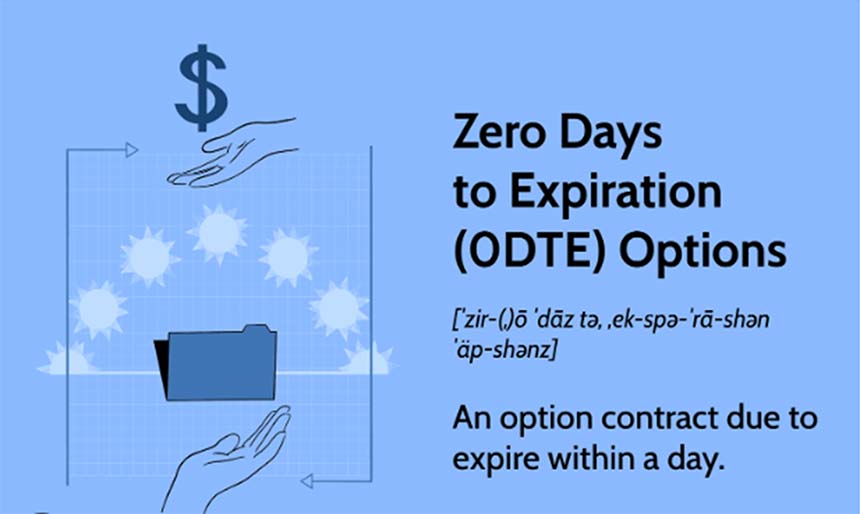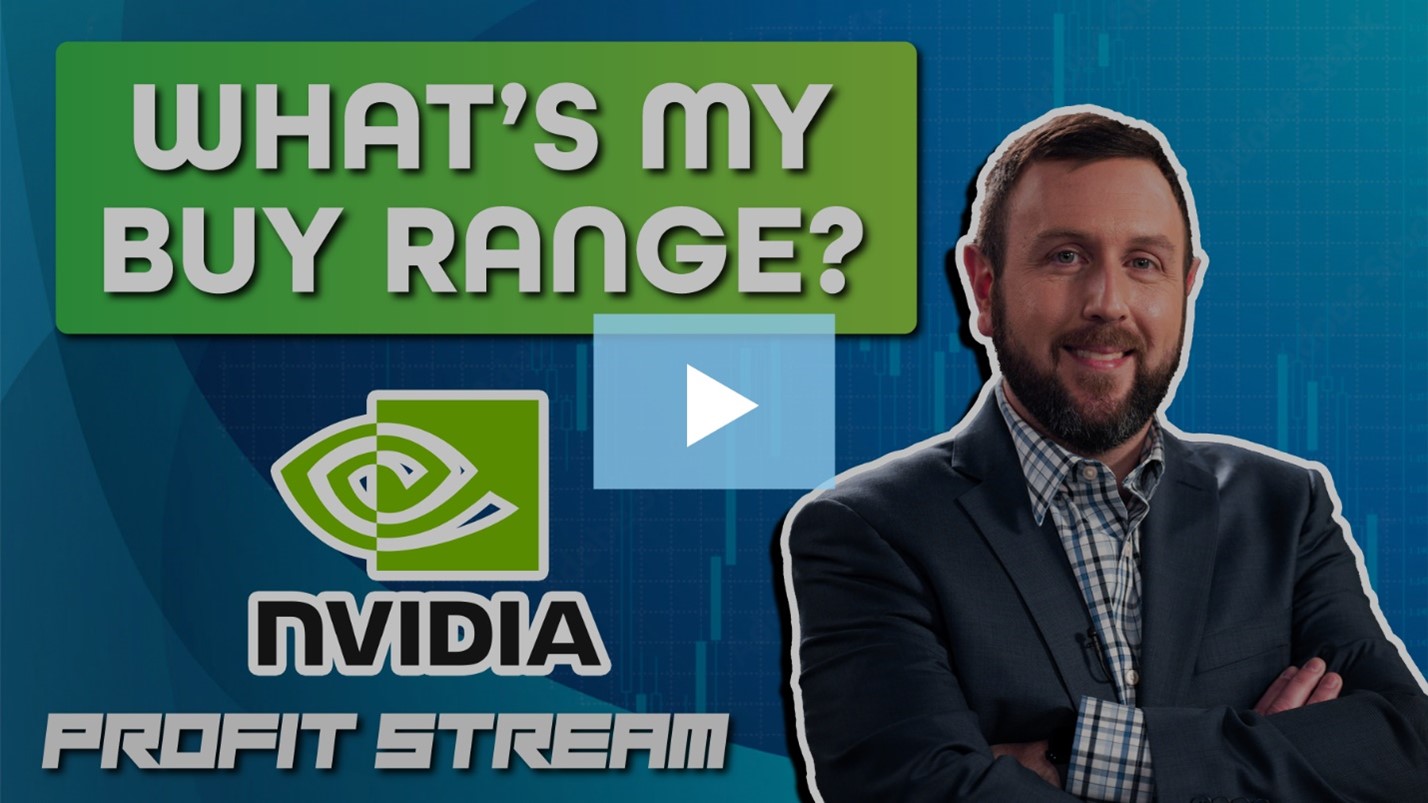My Go-To Plays for Safety + Long-term Profits
Yesterday I covered hedging strategies such as tail risk hedging for “black swan” type of events, which are unpredictable. However, monitoring VIX levels can help you sniff out whether something big is coming down the pike.
Today, I’ll talk about a great way to add upside to your hedges by using leveraged ETFs, spreads and LEAPS.
How Leveraged ETFs reduce your costs
Leveraged ETFs are great for trend moves. So, if the market is moving lower every day, I can hop on a leveraged ETF to accentuate my returns.
Just know that these reset daily and will not make you money unless you have a big move right after you buy it. A choppy market will not help with these.
How I use Leveraged ETFs and LEAPs…
In my stock portfolio, I have lots of dividend paying stocks and some small cap stocks that do not have LEAP options.
In my option portfolio, I have lots of LEAP options on stocks that DO NOT PAY dividends (this allows me to risk 10% to 15% of the amount I would invest in the same stocks). I expect to exit these options positions within a year or two. I also have a lot of spreads.
The spreads are for high premium stocks like Meta (META), for example. They’re also high for a casino stock since the sector is so volatile and the premiums are so high. And, then I have my pure speculations – cheap options on potential flyers like Marathon Digital or the FXI China ETF.
Bottom line – I look for ways to minimize my outlay by using spreads, covered calls. Then, for stocks I really want to own, I sell puts to generate income while I wait. In all cases, however, I POSITION SIZE.
My hedges consist of VXX calls, SPY Puts, DXD diagonal spreads to account for leakage, gold shares/options and cash. On down days in the general market, my hedges allow me to LOSE LESS (not lose zero) but lose less.
And on up days, I will make a lot more than I lose on my hedges. So, on down days I will lose money on paper but those losses will be lower than if I had no hedges at all. On down days, my spreads work like a charm as one side loses while the other side gains.
Hedges like the QQQ put trade are a cost of business and in this market. and you should always have some hedges in place. But that only works if you have something to hedge against. That’s the balance. When the market goes up, your plus trades should outweigh the minus trades (from the hedge) by a country mile. When the market goes down, your hedge will protect you from major losses, but it won’t protect you from all of your losses.
![]()
YOUR ACTION PLAN
I use both short and long term hedging strategies all the time in The War Room. In fact, my partner Bryan has been killing it with his short term hedges in 2024 to the tune of a 100% win rate.
Click here to start following along with our hedges in real time today.
FUN FACT FRIDAY
Why “Sell in May and go away” exists: If you actively invest in the stock market, you’ve probably come across the phrase “sell in May and go away.” The adage came when investors realized the six-month period between May and October often delivers weaker returns the six-month period from November to April. According to Corporate Finance Institute, the S&P 500 index has delivered an average return of 2% during the May-to-October period each year since 1945, compared to a 6.7% gain from November to April. This is mainly because traders (like most humans) go on vacation during the warmer spring and summer months.
More from Trade of the Day
The No. 1 Insider Stock for 2024?
Jul 26, 2024
Why I’m Buying This 3-month Trigger Catalyst
Jul 24, 2024
Jul 23, 2024


